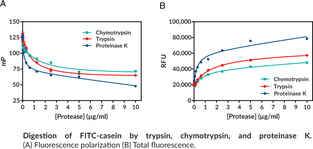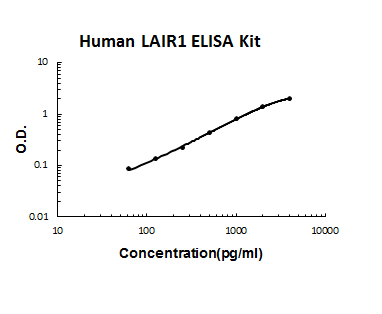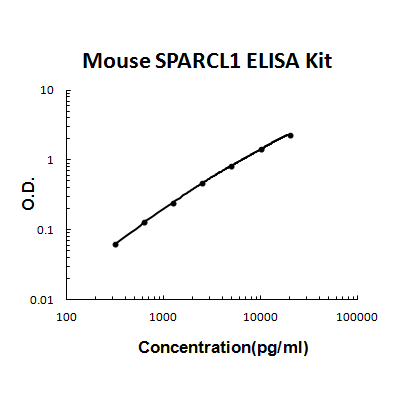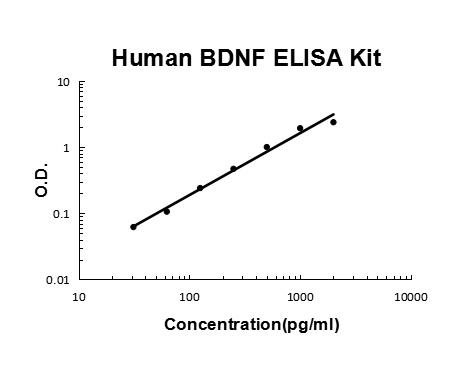Description
Cayman’s Protease Activity Assay Kit provides a convenient method for determining the activity of proteases in samples. Proteolytic digestion of the FITC-casein substrate can be monitored by changes in either fluorescence polarization (FP) or total fluorescence.{33943} Fluorescence is the ability of a molecule to absorb the energy of an incoming (excitation) photon and then re-emit this energy as a new, slightly less energetic (emission) photon. A small fluorescent molecule will rotate appreciably during the very small interval of time between absorption of a photon and emission of the fluorescence photon. If the excitation light is polarized, this rotation will result in randomization of the plane of the emitted light. Thus, small fluorescent molecules depolarize an excitation pulse of polarized light. Large fluorescent molecules, like FITC-casein, do not rotate as appreciably in the same small interval of time. They will, therefore, emit light that retains some of the polarization of the polarized excitation light. This polarization is quantified as millipolarization units, or mP. In this assay, the total FP decreases as the FITC-casein is digested into smaller, quicker rotating fluorescein-labeled fragments. If measuring FP is not available, the change in total fluorescence can also be measured to determine protease activity. The conjugation of FITC to casein results in moderate quenching of the total fluorescence. This fluorescence increases as the FITC-casein substrate is digested into smaller fluorescein-labeled fragments. Both assay formats use an excitation wavelength of 480-495 nm and an emission wavelength of 515-525 nm.
Formulation:
Formal name:
Synonyms:
Host:
Imunogen:
Applications:
Clone:
Purity:
Origin: Animal/Bovine
Application|Enzyme Activity||Application|Fluorescence||Product Type|Assay Kits|Fluorometric Assays||Research Area|Cell Biology|Proteolysis




